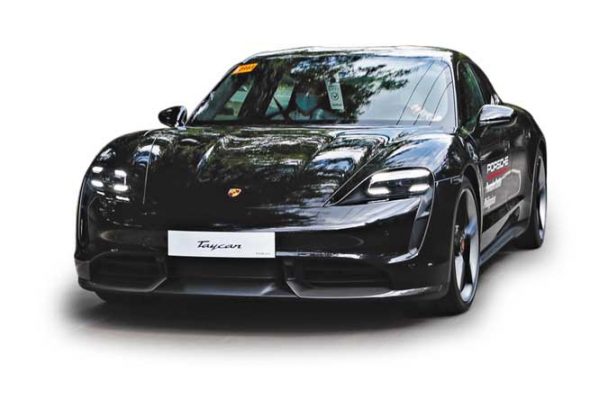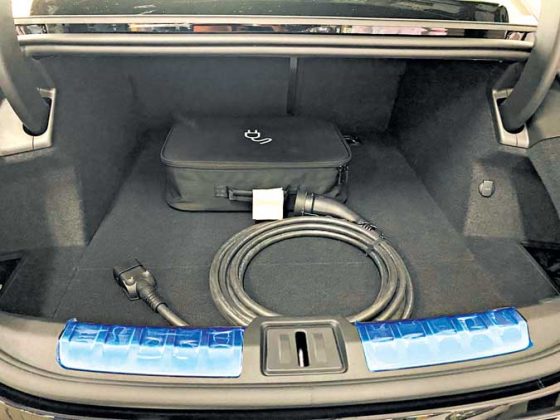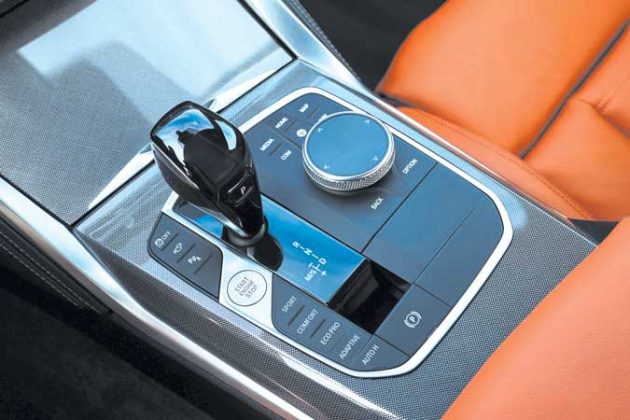Isuzu PHL picks up the all-new D-Max
The third generation of the popular pickup finally arrives
By Kap Maceda Aguila
IT WAS not an overstatement when Isuzu Philippines Corp. (IPC) said that arrival of its pickup model’s all-new iteration has been much-awaited. The third generation of the Isuzu D-Max debuted way back in 2019 (in Thailand), and local fans and industry observers had been twiddling their thumbs in anticipation of the local release.
The reason is pretty obvious, if you ask the country’s top truck brand for more than two decades. The market knows that Isuzu knows how to engineer workhorses like trucks and, yes, pickup trucks. IPC President Hajime Koso said that, after six years of research and four million kilometers of testing, Isuzu now presents the “ultimate” pickup.
“We are very excited to introduce this model to the Philippine market — a market that has been particularly special for us since there are a lot of scenic routes and challenging terrains all over the country that a pickup and 4×4 enthusiast would love to traverse, especially on the weekends. Because of that, we’ve made sure that the all-new D-Max will have a wide range of choices to cater to every consumer’s needs,” he continued.
The brand now positions the pickup with three key values: bold, emotional, and smart — and is seen to “break the barrier between trucks and passenger cars.”
Indeed, there appears to be a decidedly polished image for the D-Max in that it boasts more bells and whistles typical of sedans and even SUVs — not the kind you’d expect in “utilitarian” pickups. It’s not a new concept of course, this “sedanification” of light commercial vehicles, but this iteration of the D-Max surely represents Isuzu taking the fight to its rivals in the segment.
While we’re on the topic, there are lofty expectations that come with the arrival of the D-Max. The company is looking at growing its category share from 8% last year to 15% when 2021 is done. Replying to a question from “Velocity” during the Q&A portion of the launch last week, IPC Product and Marketing Department Head Robert Carlos said that the D-Max, with its complement of 4×4 variants is also eyeing to capture 30% of that particular niche. “The competition is tough, that’s why we loaded it up, particularly the LS-E,” he averred.
Now onto the shiny new things of the D-Max.
Powering the all-new model is a choice between a new engine and an improved one. The new 3.0-liter 4JJ3-TCX uses a “highly advanced Isuzu common rail system” good for 190ps and 450Nm; the RZ4E-TC “promises faster acceleration and better overtaking performance” from an enhanced output of 150ps and 350Nm.
Another comes in the form of a single-piece aluminum tail shaft, along with an impressive 800mm water-wading capability. Inside, the D-Max gets a redesigned steering wheel given tilt and telescopic adjustment for increased convenience. Even the gear lever for both MT and AT variants has been altered for “better gear selection and control.” The pickup also receives a Terrain Command Select Dial, and electronic differential lock for all-terrain capability.
Isuzu said the D-Max has a new front suspension geometry, larger side rails in its chassis and eight cross members for better torsional rigidity. The ride and safety promise to be bettered by a new rear leaf spring design, ultra-high tensile steel-reinforced cabin, and a semi mid-ship engine design (the last is in aid of weight distribution).
Its infotainment system is predicated on a 10.1-inch screen with Bluetooth connectivity, Apple CarPlay, Android Auto and voice control — finding expression in a “dynamic sound system.” Isuzu has also improved the navigation system. “The new D-Max also comes with a welcome light system which automatically illuminates the cabin room when the driver is approaching the vehicle. Along with this (is) a new auto lock system, follow-me-home light function, new turn indicator function and a remote start functionality,” reported IPC.
The vehicle comes with a slew of safety features: anti-lock brakes, electronic brakeforce distribution with brake assist, electronic stability control with traction control system, hill start assist and hill descent control, and a brake override system.
For the top variant (the 3.0 LS-E), Isuzu throws in an advanced driver assist system that “employs state-of-the-art sensors and a first-in-its-class Smart Duo Cam that enables the D-Max to constantly monitor the surrounding environment.” Isuzu piles on the active and passive safety measures: forward collision warning, autonomous emergency brake, turn assist, pedal misapplication mitigation, adaptive cruise control, manual speed limiter, lane departure warning, blind spot monitoring, rear cross traffic alert, parking aid, and multi-collision brake.
The D-Max also comes with seven air bags, and has been given a five-star safety rating by the ASEAN New Car Assessment Program (NCAP).
The pickup is available at the special introductory prices below.
IPC also shared that the first 200 customers who will reserve and purchase the vehicle will receive a special-edition Isuzu D-Max Miniature. Additionally, 50 limited-edition D-Max G-Shock watches will be raffled off to all qualified customers nationwide. For more information, visit www.isuzuphil.com or an Isuzu dealership.












